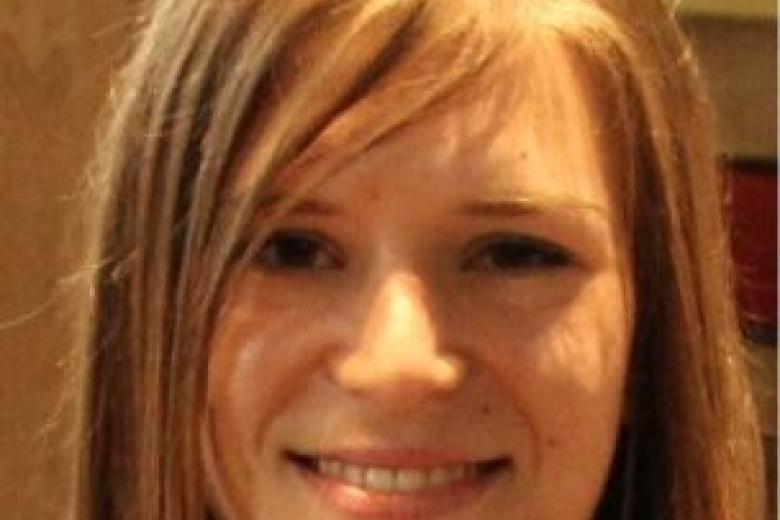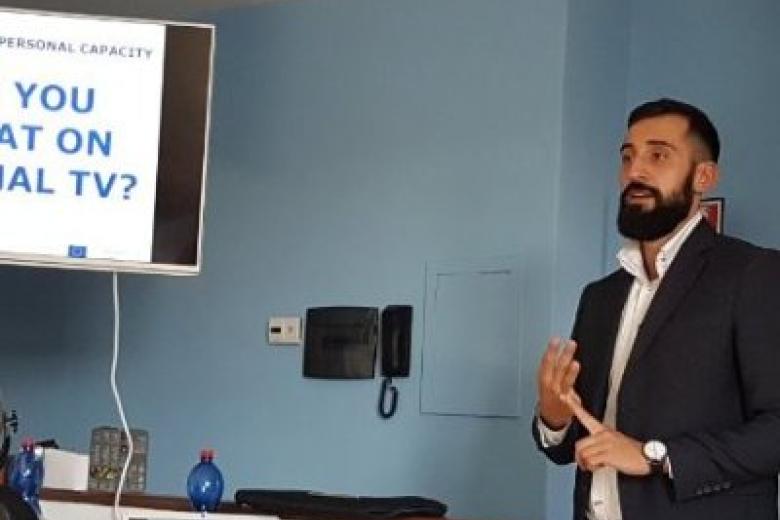How to manage your leadership auto-pilot?
“Perhaps you can change that font and color on that slide there”, I hear myself telling one of my team members.
There I went again, trying to add some marginal value and get an internal fix of being productive. Looking at the face of my colleague, I just realized that my ‘added value’ wasn’t worth it and I probably reduced his ownership and excitement about the presentation significantly.
This is just one example, but all of us have developed certain tendencies and habits in our leadership that actually are not as useful for our career as they were at the moment that we programmed them into our personality.
Examples are using anger to motivate people, adding constantly too much value, always needing to win or motivating others using urgency and adrenalin-based energy.
In our work with clients, we consider a leader’s personality his/ her biggest obstacle to further leadership growth. With personality we mean all of our programmed tendencies, habits, belief systems, patterns of behaviour and judgments. In short, our personality is the sum total of who we think we are.
That personality box filters our perceptions of the world and limits us in seeing possibilities in others and ourselves.
Our personality functions as an auto-pilot that determines the vast majority of our reactions to situations and people without us even being conscious of this.
This auto-pilot can prevent us from becoming a fluid and flexible leader. The auto-pilot includes belief systems we hold about ourselves that turn into self-directed stereotypes.
Our self-stereotypes can include anything from: “I am not creative”, “I am just a bad listener” to “I am not good with numbers” or “I don’t deal well with [fill in your nationality, gender or personality type of choice]”.
All of such self-stereo-types can become obstacles to become an agile leader with a growth-mindset.
So how to work with it?
First of all, realize that there is nothing wrong with programming a personality. Actually, we have no other choice. And as a reader of this blog, you probably did pretty well in the personality-lottery. You programmed one that has brought you to some degree of success.
However, there are two big problems with our programmed personalities:
- A big part of our personality is outdated. Although part of our personality patterns are still useful for us, a large part is actually outdated and does not include the most effective behaviours for our next step in our career.
For example, my ability to fix problems was very useful at University, but as a coach I have to listen and question more and watch out for my tendency to instantly want to fix my clients’ problems.
- A big part of our personality is unconscious. Although we can be aware of some of our patterns and habits, there are many aspects of which we are not aware. These ‘blind spots’ are actually the most harmful ones.
Pro-actively asking for feedback from our co-workers and friends (and spouses!) as well as coaching can help to discover some of these blind spots.
Also, the surprises you heard during your last 360 are good examples of this. The next time you are surprised by 360 feedback, monitor your personality reactions. Most likely it becomes defensive, came up with some good rationalizations or wants to argue truth. This is what personalities do. They don't like change.
In the work we do with leaders, we are not interested to replace the auto-pilot with another auto-pilot (that would then become outdated soon again in this ever-changing world).
Instead, we want leaders to understand their auto-pilot and become generally more conscious and mindful so they have a choice to choose the most effective behaviour in any given situation moving forward.
Conscious leaders continuously reflect on their limiting personality patterns that affect their leadership today. And they know in which situations and with which people they are likely to arise.
As a leader, you can then start a practice to observe these patterns in the moment they are triggered. The moment you are aware, you have a conscious choice to follow the pattern or perhaps choose a more effective behaviour.
A last note: When you start working with personality patterns that you want to loosen up, it’s important to do this with a sense of lightness and ease.
Remember that you programmed that specific pattern, because at some stage in your life it served you and helped you cope with a particular situation or person. So no need to judge yourself. Just have fun with this. Enjoy the ride!
About the author
This blog was written by Gaston Schmitz, who graduated from Maastricht University in 2005 with a BSc. in Economics and a MSc.in International Management. Gaston is co-founder of the TeamUp Triad Coaching Program, a 9-week mindful coaching program which helps you be better at the stuff that really matters. Check out the website! www.teamup.co
-
5 Differences Between Startups & Starting Businesses
In this article I discuss several differences between startups and starting businesses. I find this important because over the last year, I’ve gotten increasingly frustrated about the types of questions I (as a startup founder) would get. “Can you already live from your startup?” “Why is raising...

-
Work with multiproblem families
As a family therapist in an ambulatory setting, I see varying psychiatric disorders in multiproblem families. I specifically work with families who not only suffer from any kind of disorders, but also are affected by mild intellectual disability. This blog encompasses two parts. First, it will give...

-
Getting jobs in the Eurobubble: A game of inches
I had a lot of fun at the EU Studies Fair. For me it proved a very fruitful event for both students and professionals who are trying to get a foothold in that lions’ den that I call “Eurobubble jobs.” In my experience this can be quite a daunting challenge, but if it has been a journey that I think...
